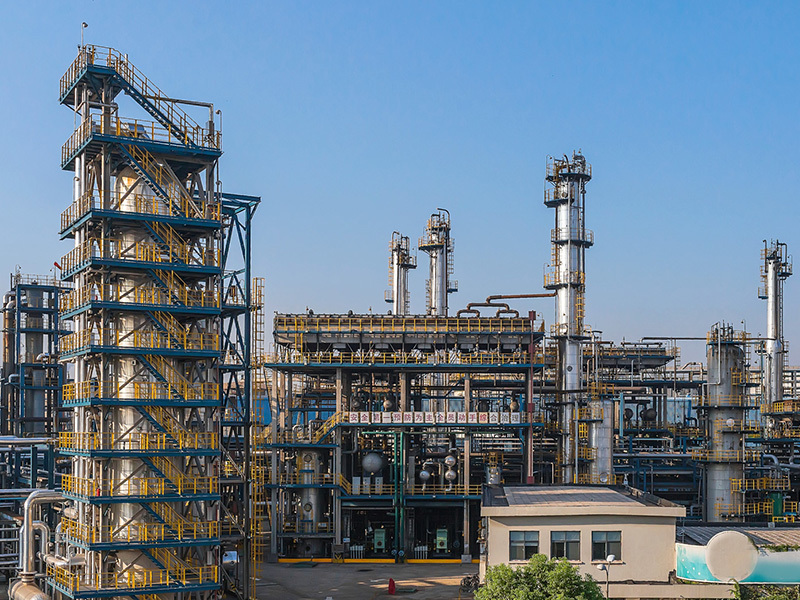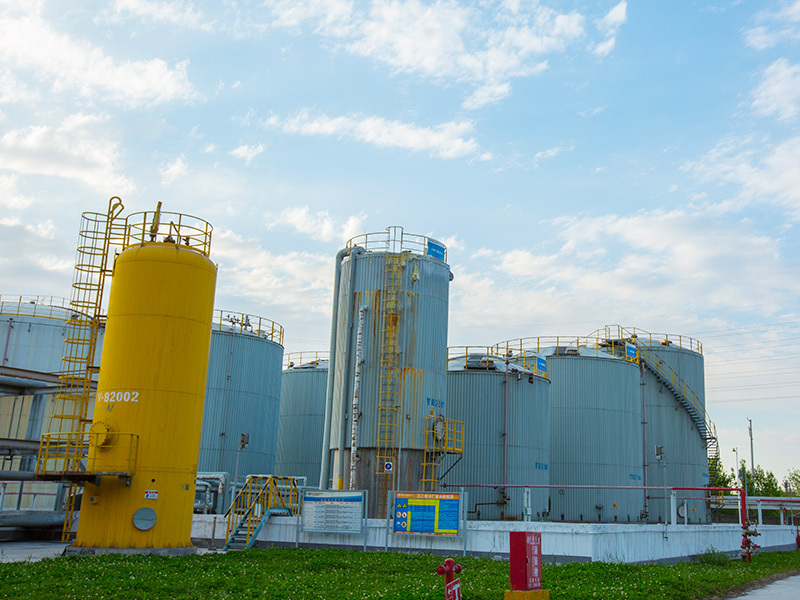What are angled tees and angled crosses?
Both types of fittings optimize fluid dynamics performance and installation flexibility through angular design, making them an efficient alternative to traditional straight tees and crosses in modern piping systems.
Y-shaped tee: This is a tee fitting where the branch pipe meets the main pipe at a specific angle.
A diagonal four-way fitting is a four-way pipe component where the branch pipe meets the main pipe at a specific angle.
The angled tee and angled cross are pipe fittings used at branch points in drainage systems.
"Elbows are always defined relative to straight fittings: a straight three-way fitting has branches that are perpendicular to the main pipe, while a straight four-way fitting features four pipes intersecting at right angles. In contrast, angled fittings create an acute angle between two intersecting pipes."
The 45-degree and 60-degree tees are essential fittings in piping systems used for branch connections, with their key feature being the non-perpendicular angle design between the branch pipe and the main pipe.
A 45°, 60°, or 90° angled tee is a three-way branching fitting where the main pipe connects at an acute or obtuse angle to a single branch pipe. This design features smooth transitions that minimize water flow turbulence, reducing the risk of solid particle buildup—making it especially suitable for drainage systems and pipelines transporting media containing solids. For instance, in building drainage applications, a 45° angled tee can optimize the connection between vertical and horizontal branches, preventing turbulent flow and potential blockages caused by sharp right-angle turns. The manufacturing process typically involves hydraulic bulging and hot pressing techniques, ensuring uniform pressure distribution across the pipe walls.
A diagonal four-way fitting is a pipe component that splits fluid flow in four directions, featuring diagonally extending branch pipes symmetrically on both sides of the main pipe—resulting in either a 45° or asymmetrical angle configuration. This design is ideal for complex piping systems with limited space, such as multi-appliance drainage systems in bathrooms, as it efficiently disperses water flow to enhance overall drainage performance. For instance, a PVC diagonal four-way fitting incorporates a 45° angled structure that minimizes wastewater stagnation. Combined with a sealing ring and clamp design, it ensures both leak-proof functionality and easy, hassle-free installation.
Both types of fittings optimize fluid dynamics performance and installation flexibility through angular design, making them an efficient alternative to traditional straight tees and crosses in modern piping systems.
Keywords:
Related Blog
Introduction to Anti-Corrosion Steel Pipes
A 180° elbow is a metal pipe fitting used to change the direction of piping in carbon steel pipelines.
What are angled tees and angled crosses?
Both types of fittings optimize fluid dynamics performance and installation flexibility through angular design, making them an efficient alternative to traditional straight tees and crosses in modern piping systems.
Avoiding splicing at the r-point of the dish-shaped tube cap can prevent thinning and high stress.
Stainless Steel Grades: 304, 304L, 316, 316L, 321, 2520, 310, 317, and more. Nominal Diameters: DN15 to DN1200 Wall Thicknesses: SCH5 to SCH160 Standards: ASME, DIN, JIS, BS, GB/T, JB, SH, HG—specifically including: GB/T 12459-2017, GB/T 13401-2017, ASME B16.9, SH3408, SH3409, HG/T 21635, DL/T 695, SY/T 0510, DIN 2617. Applications: Water, beverages, beer, food processing, petrochemicals, nuclear power, machinery, medical equipment, fertilizers, shipbuilding, waterproofing systems, piping, and more. Packaging: Wooden crates or cardboard boxes. When applying dish-end caps, avoid splicing at the radius area, as this can lead to material thinning and high stress concentrations. During splicing, weld seams must be oriented either radially or circumferentially—this requirement may eventually be relaxed for larger-cap diameter applications. Additionally, there are specific spacing guidelines for splices: they should be positioned at least 3δ away from each other, with a minimum distance of 100 mm. (The weld heat-affected zone is inherently a region of high stress, and chemical composition loss occurs within this area. Therefore, it’s crucial to steer clear of these high-stress zones, as their extent depends on the material thickness. Based on practical experience, the recommended stress-relief length is greater than 3δ but no less than 100 mm.) However, this requirement is particularly challenging to meet in refrigeration equipment due to their unique design characteristics.








